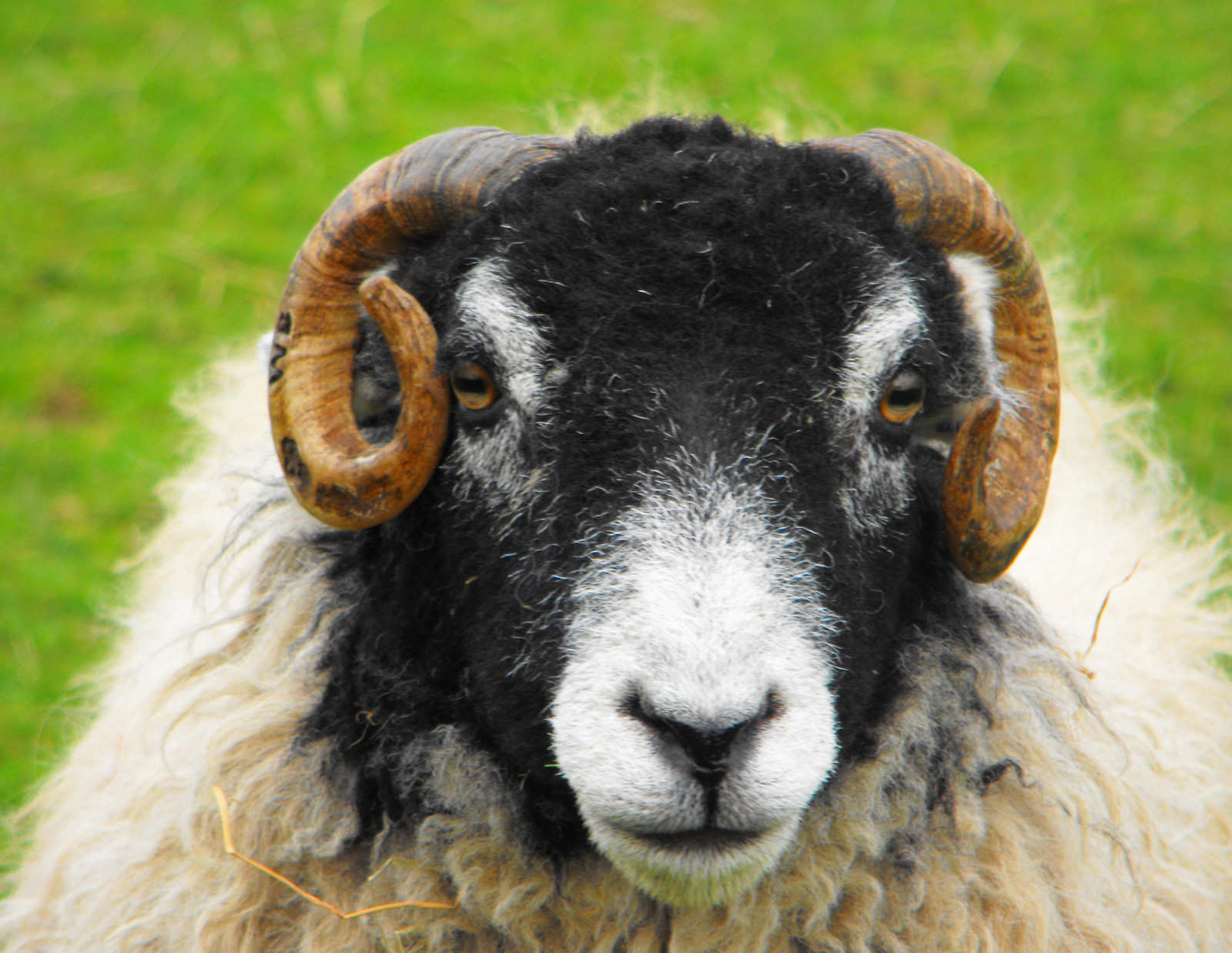And did those feet in ancient time
—William Blake, Jerusalem.
Walk upon England’s mountains green?
And was the holy Lamb of God
On England’s pleasant pastures seen?

Such is the beauty of the Yorkshire Dales that as you traverse its rolling hills with pretty dry-stone walls, discover its delightful villages, with tearooms and bookshops, and gasp in awe at its breathtaking valleys, you may be forgiven for thinking this is God’s own country.
Whether by car, bicycle or on foot, the Yorkshire Dales will surprise and delight at every turn.
Join us, dear reader, as we explore 10 fun facts about the Yorkshire Dales.
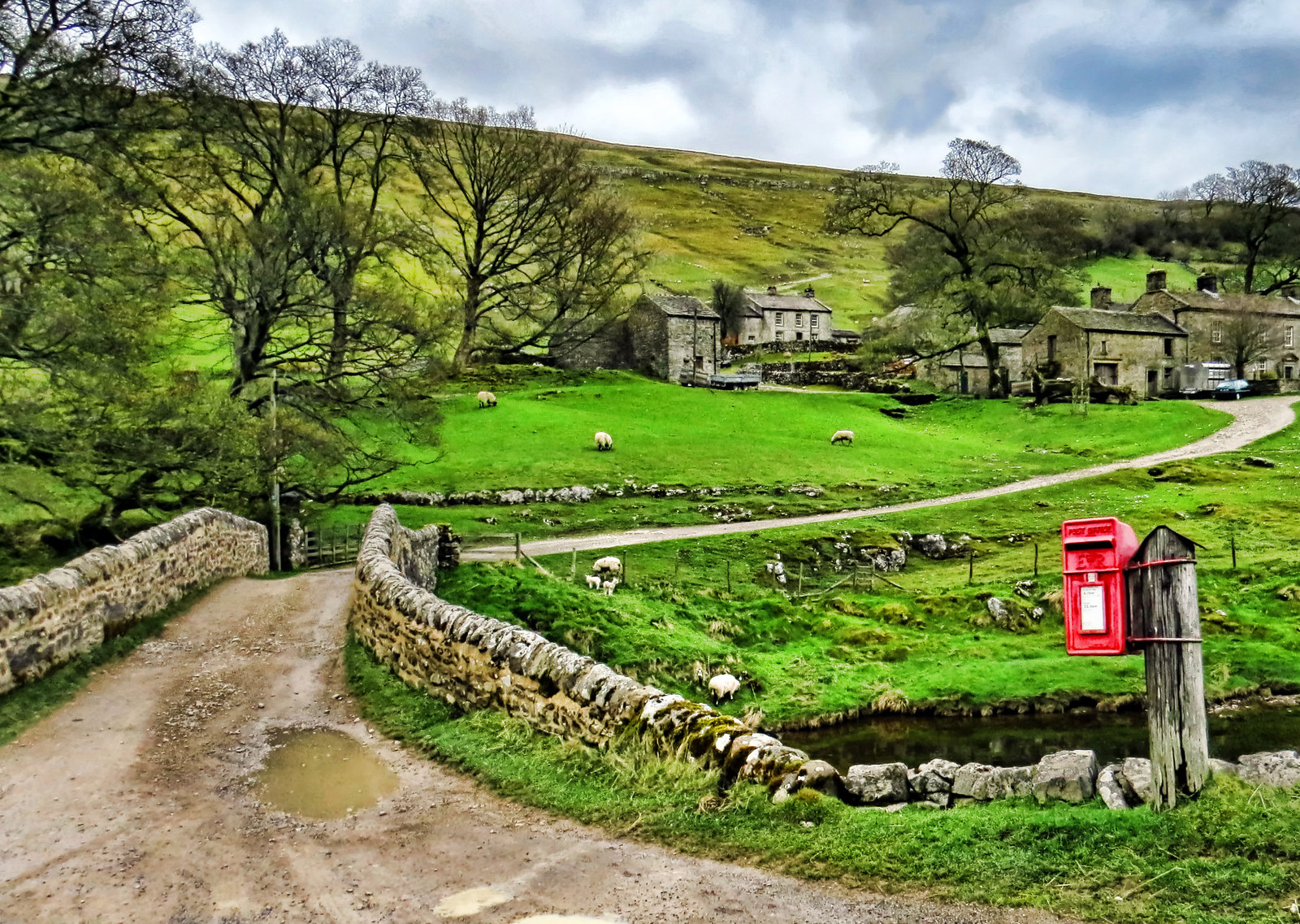


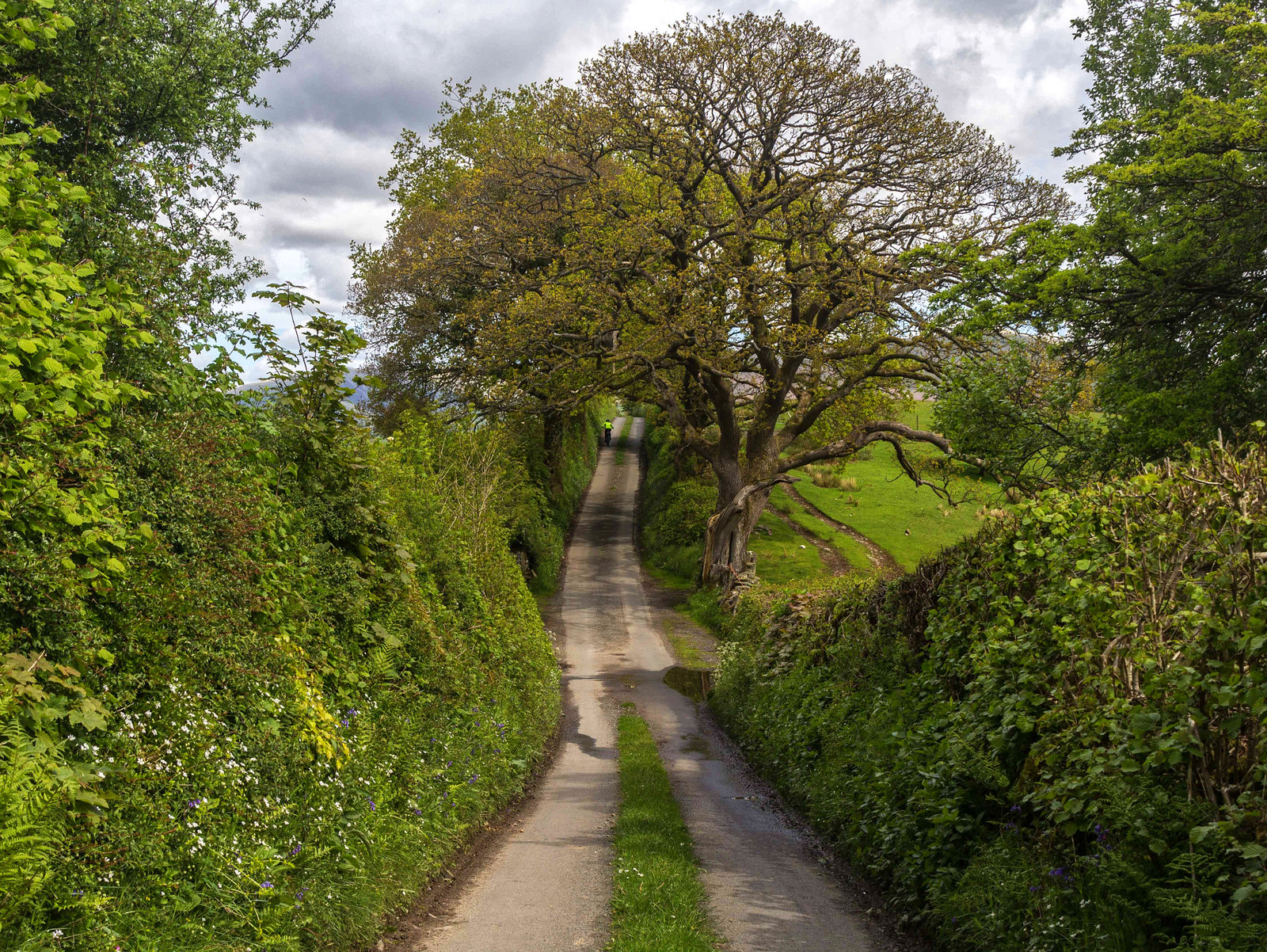
1. The Yorkshire Dales are named after their rivers
Shaped by glaciers in the last ice age, the Yorkshire Dales are river valleys named after their river or stream.
River valleys all over Yorkshire are called “(name of river)+dale”—but only the upper, more rural valleys are included in the term “The Yorkshire Dales”.
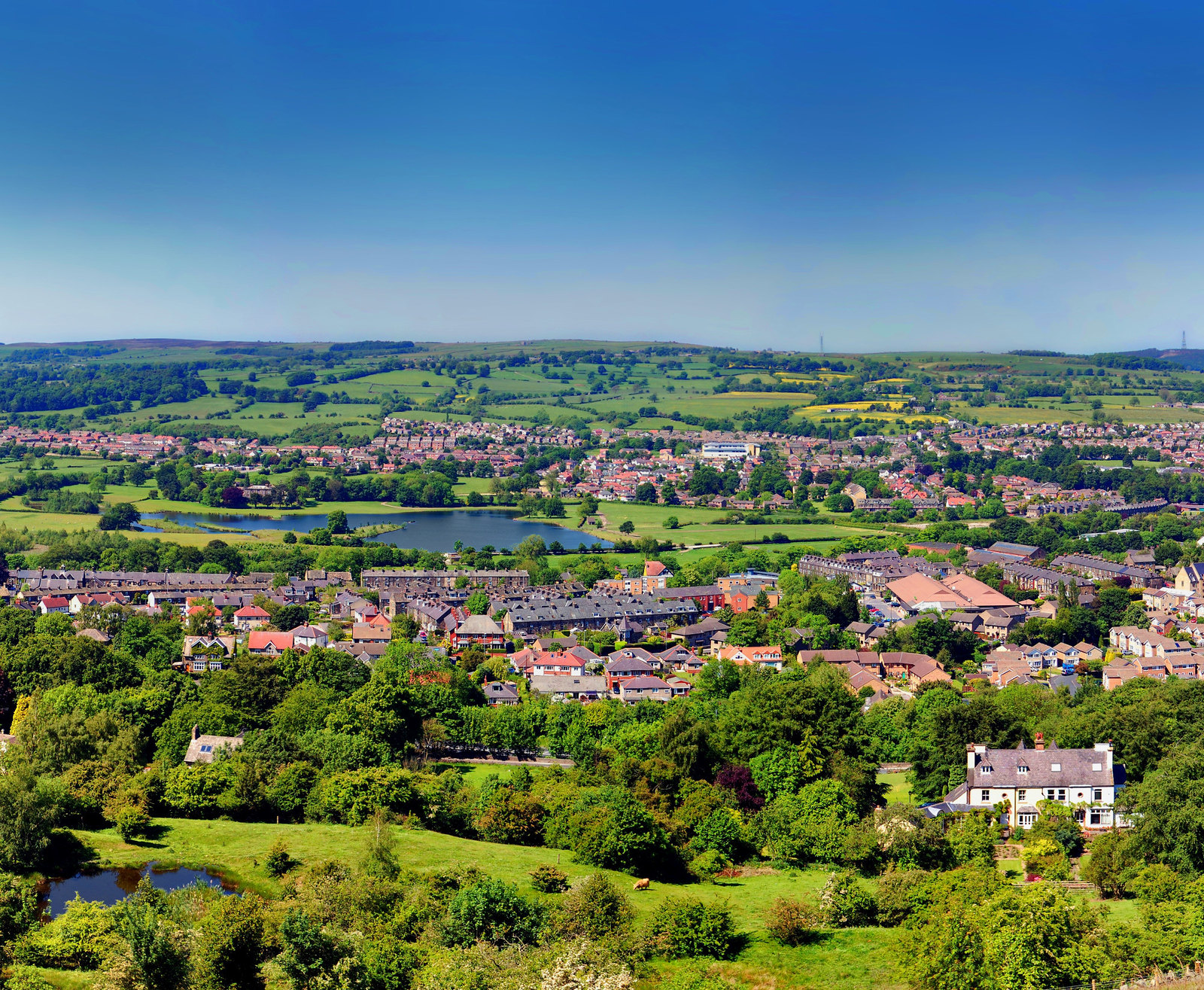
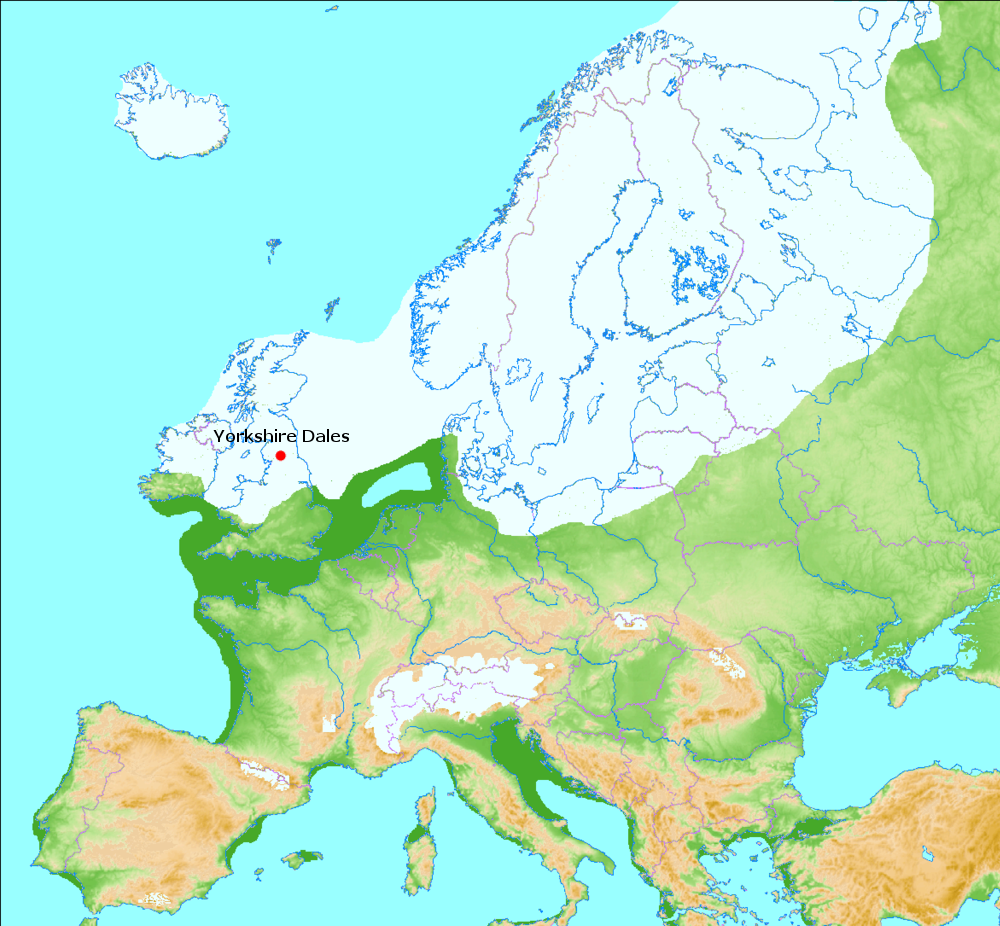
The word “dale” means valley and is derived from the 12th-century Old English word dael. It is used in Scotland and northern England, and is related to the Welsh word dôl and the German word tal.
More general use of the word “dale” was superseded in the 14th century by the word “valley’ from Anglo-French valee.
2. The Dales has several amazing Limestone Rock formations including deep caves
Found in previously glaciated limestone environments, limestone pavements are flat areas of limestone with deep surface patterning resembling paving stones.
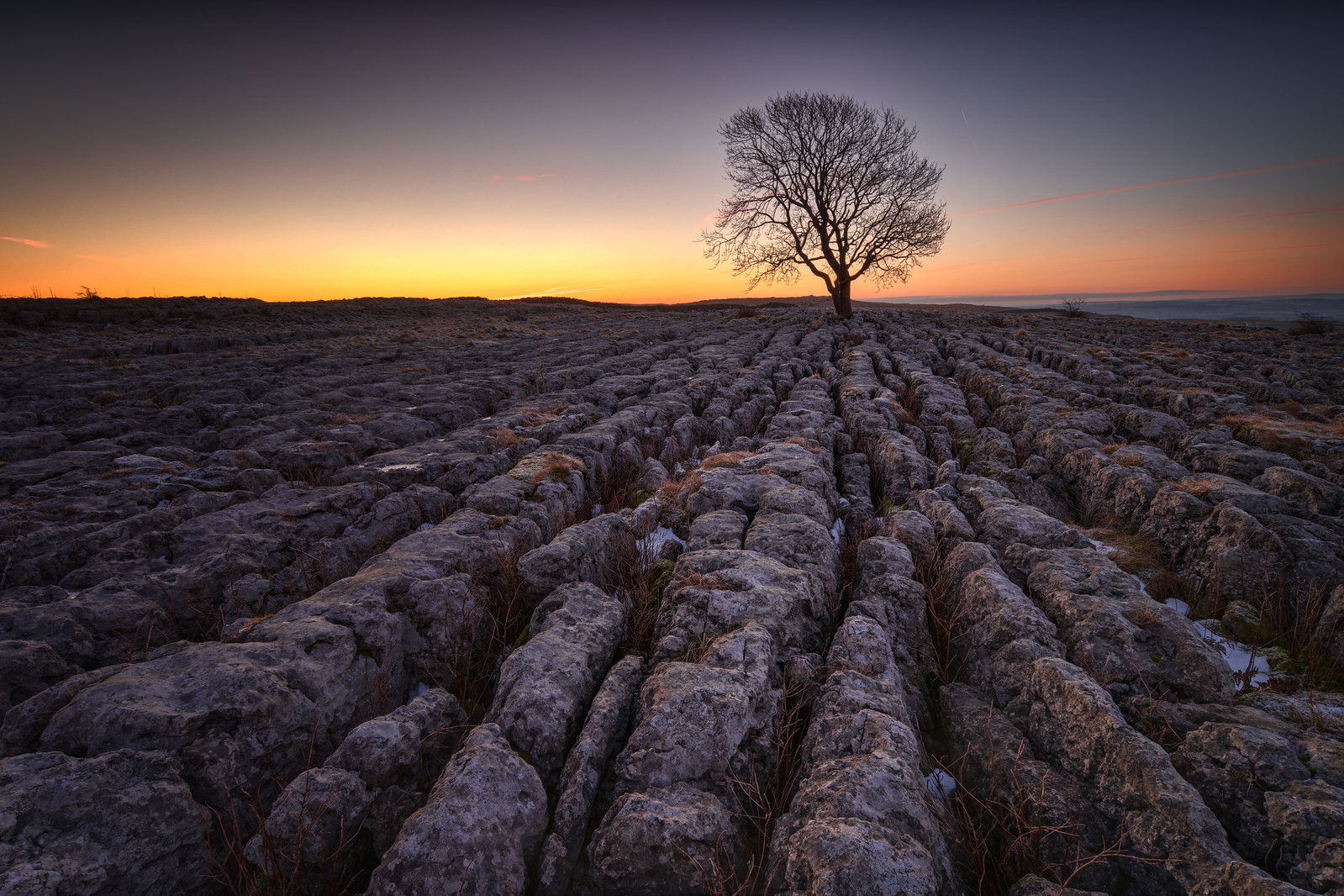
The underlying limestone has eroded to form vast caves in several areas. Gaping Gill is a 322 ft deep shaft that is the largest underground chamber open to the surface in England. The volume has been calculated to equal that of York Minster.

3. Massive, graceful edifices to Victorian ingenuity allow the railways to cross the Dales
When the Victorians wanted to cross the Yorkshire Dales by rail in the 1870s, this was their answer—Ribblehead Viaduct.
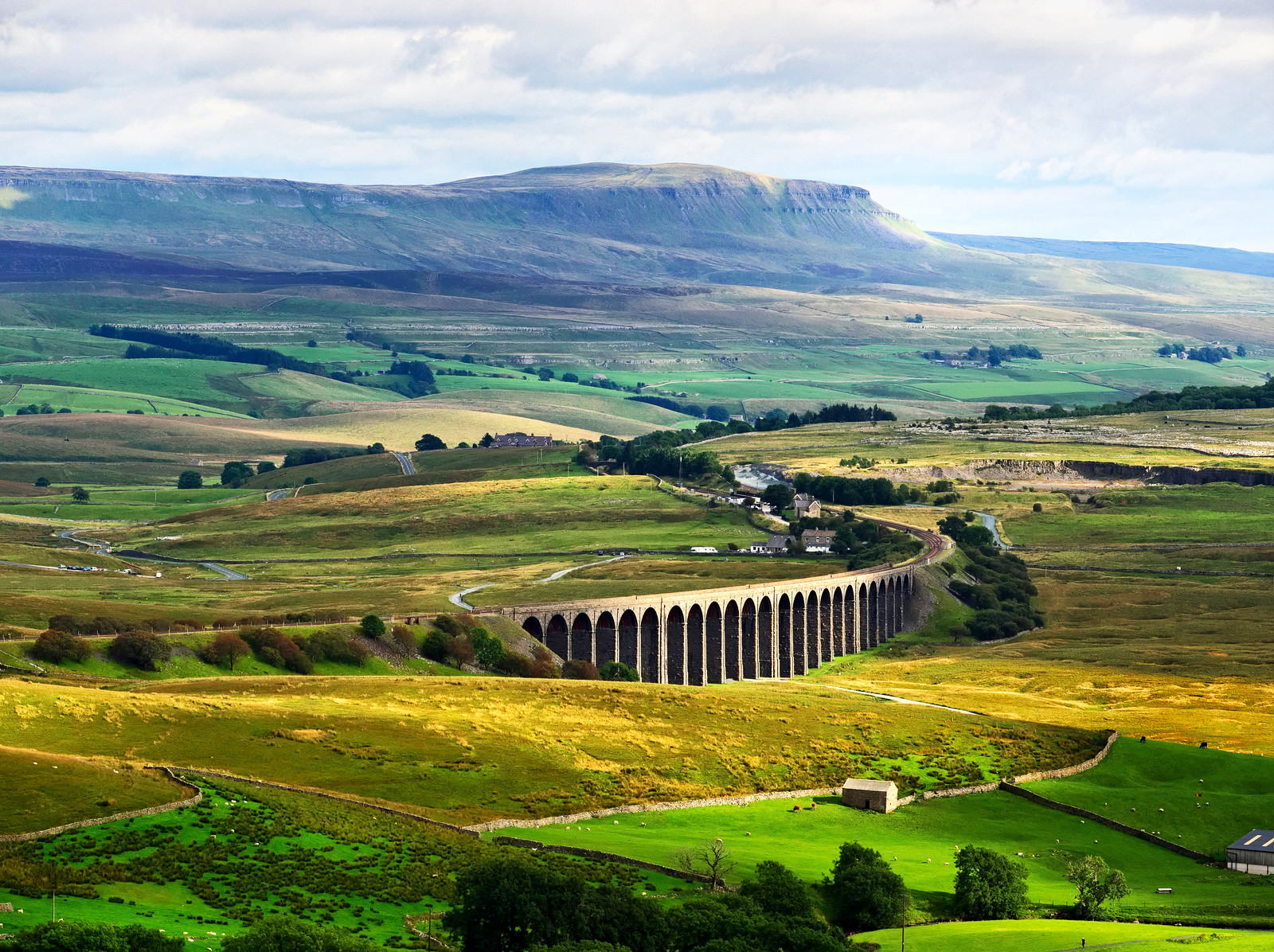
Undaunted by the undulations of the dales, the Ribblehead Viaduct traverses a 440-yard span with a height of 104 ft above the valley floor.
It took 1000 navvies to build, 100 of whom died during construction either from accidents or outbreaks of smallpox.
The term ‘navvy” derives from Navigational Engineer and means a manual laborer for a major civil engineering project.
These workers built their own shanty towns close to the viaduct, naming them after Crimean War (1853-1856) victories and biblical names.
The TV series “Jericho” is a period drama based on the building of the Ribblehead Viaduct.
As graceful a sight as Ribblehead is, anyone familiar with large-scale engineering projects will appreciate just how daunting this must have been for the Victorians—and will see it in a different light.
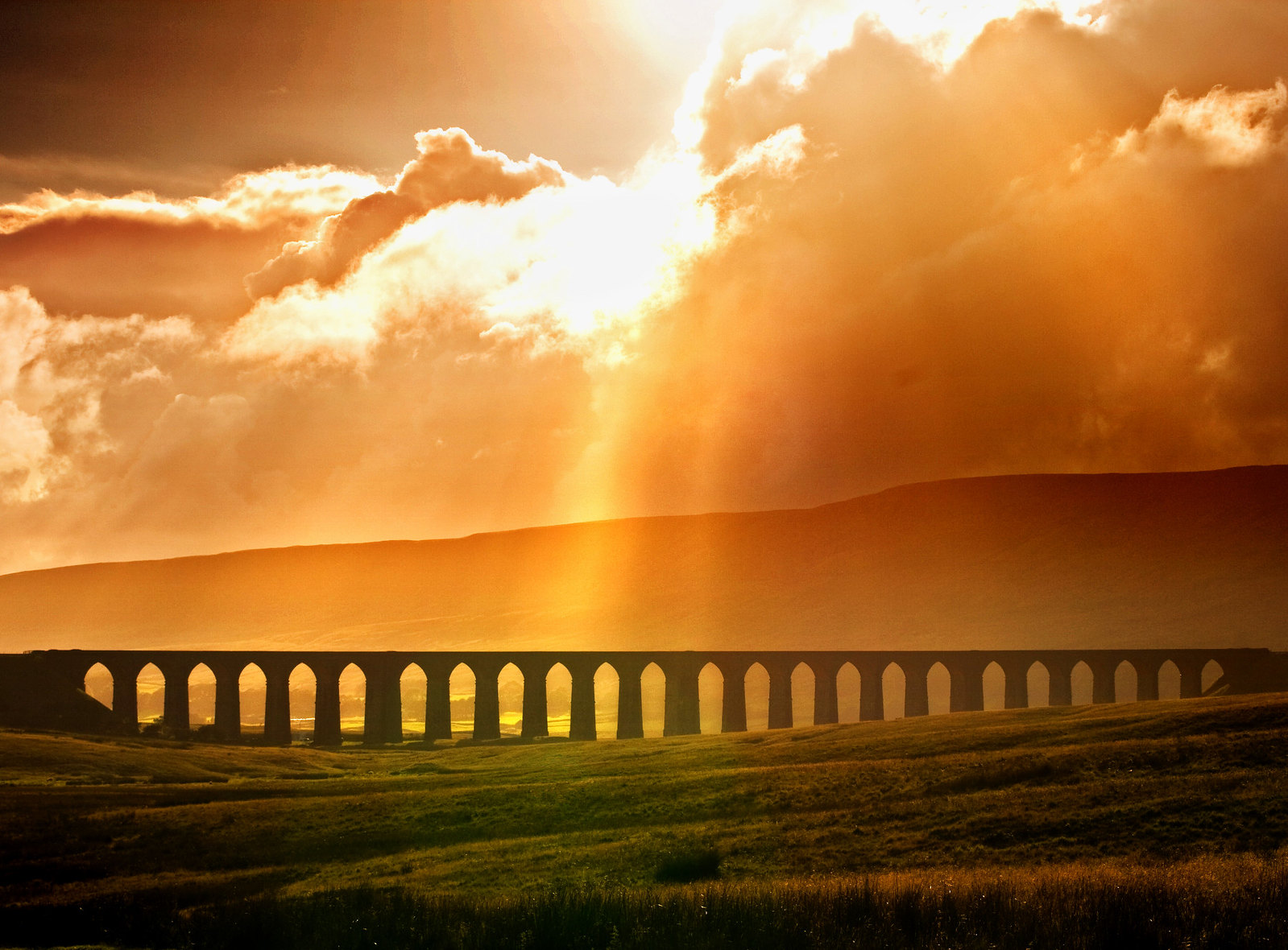
24 arches, each spanning 45 feet, with foundations sunk 25 feet into the valley required 1.5 million bricks and some limestone blocks weighing 8 tons each.
Considered to be the most beautiful and spectacular railway journey in England, the Settle to Carlisle Railway crosses the Ribblehead Viaduct with its incredible views of the Dales.
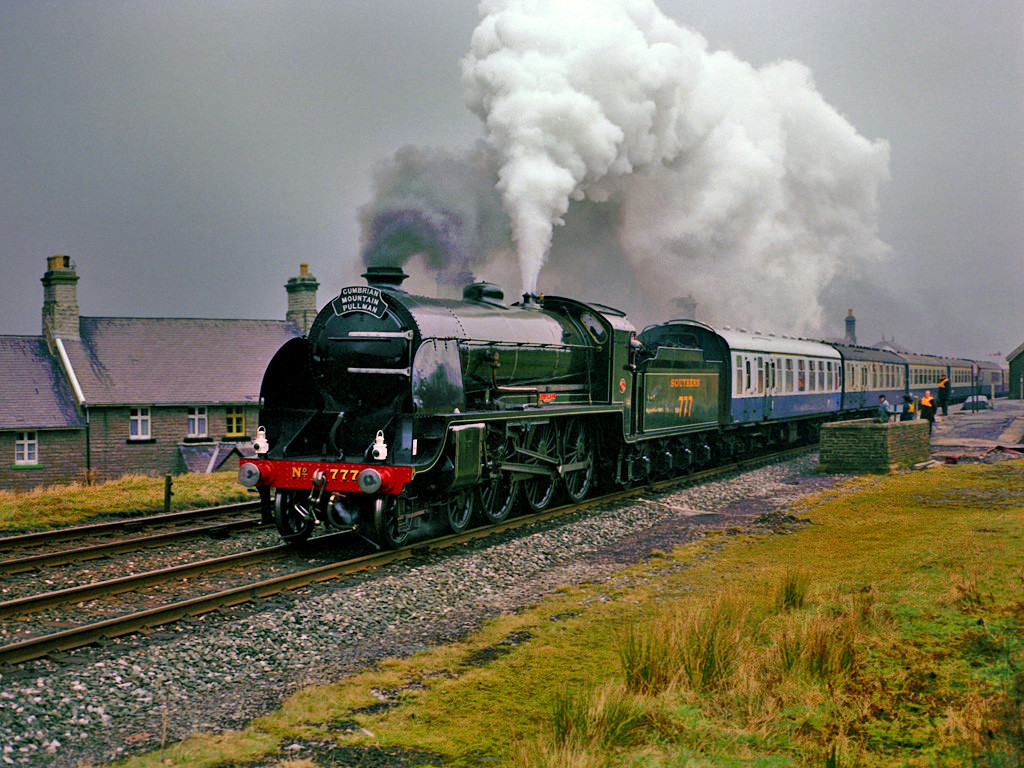
4. Dry stone walls wind their way across the rolling hills
Dry stone walls are as common as sheep and give the Yorkshire Dales its delightful appearance—weaving their way across the rolling hills in all directions.

With no mortar to help bind them, it is the interlocking compressional forces that give the walls their structural integrity.
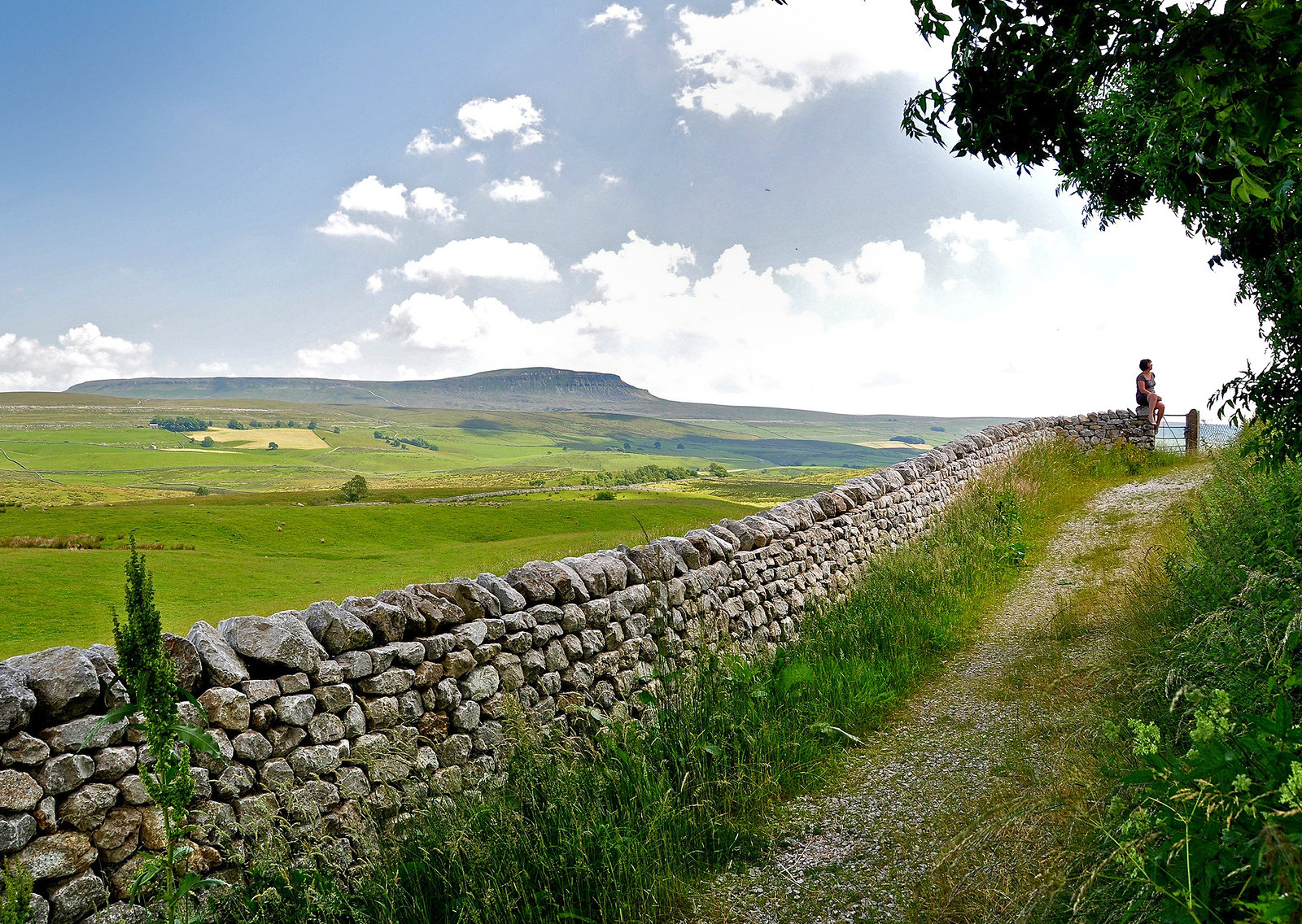
Construction of dry stone walls requires considerable skill, with experienced wallers few in number. Large, flat stones are used at the base, diminishing is size as the wall rises.
To help prevent the wall simply breaking apart, long tie stones are placed periodically which span both faces of the wall. Similarly, long capstones finish the final layer and provide rigidity.
5. Wensleydale is named after the small market town that originally produced the delicious, crumbly Wensleydale cheese
Wensleydale is an exception to the way most dales are named after their rivers. It is named after the small market town that originally produced the delicious, crumbly cheese.
French Cistercian monks from the Roquefort region of France who settled in Wensleydale brought with them a recipe for making cheese from sheep’s milk. Cow’s milk has been used since the 14th century.

After the monasteries were dissolved by Henry VIII in 1540, local farmers continued making the cheese up until World War II when milk was used to make “Government Cheddar” as part of the rationing of the war effort.
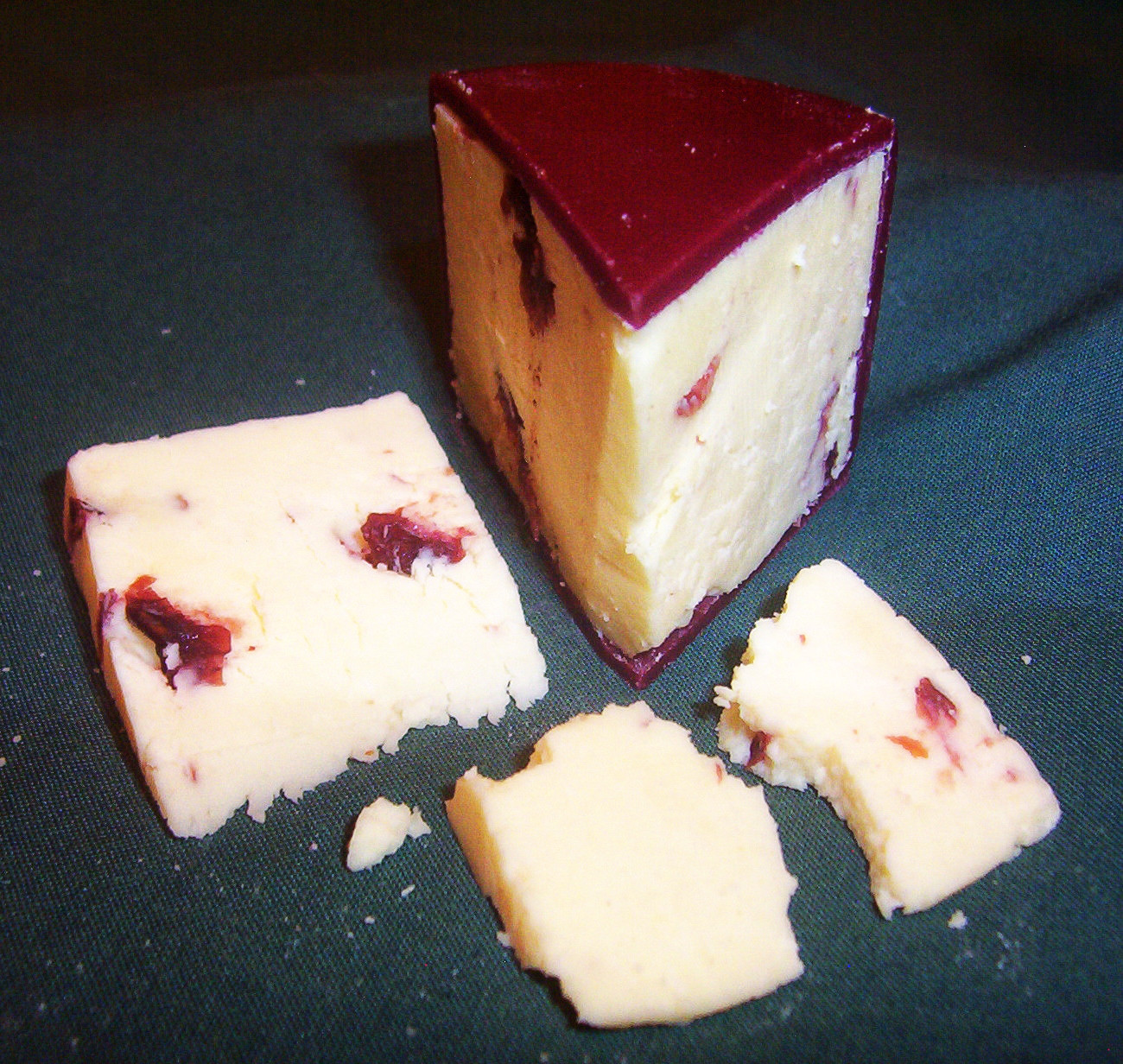
Wensleydale with cranberries is popular in restaurants and delicatessens and there is a Yorkshire saying:
“an apple pie without the cheese is like a kiss without the squeeze”
6. Mary Queen of Scots once stayed at Bolton Castle
The 14th-century Bolton Castle is a notable local historic site near Wensleydale.
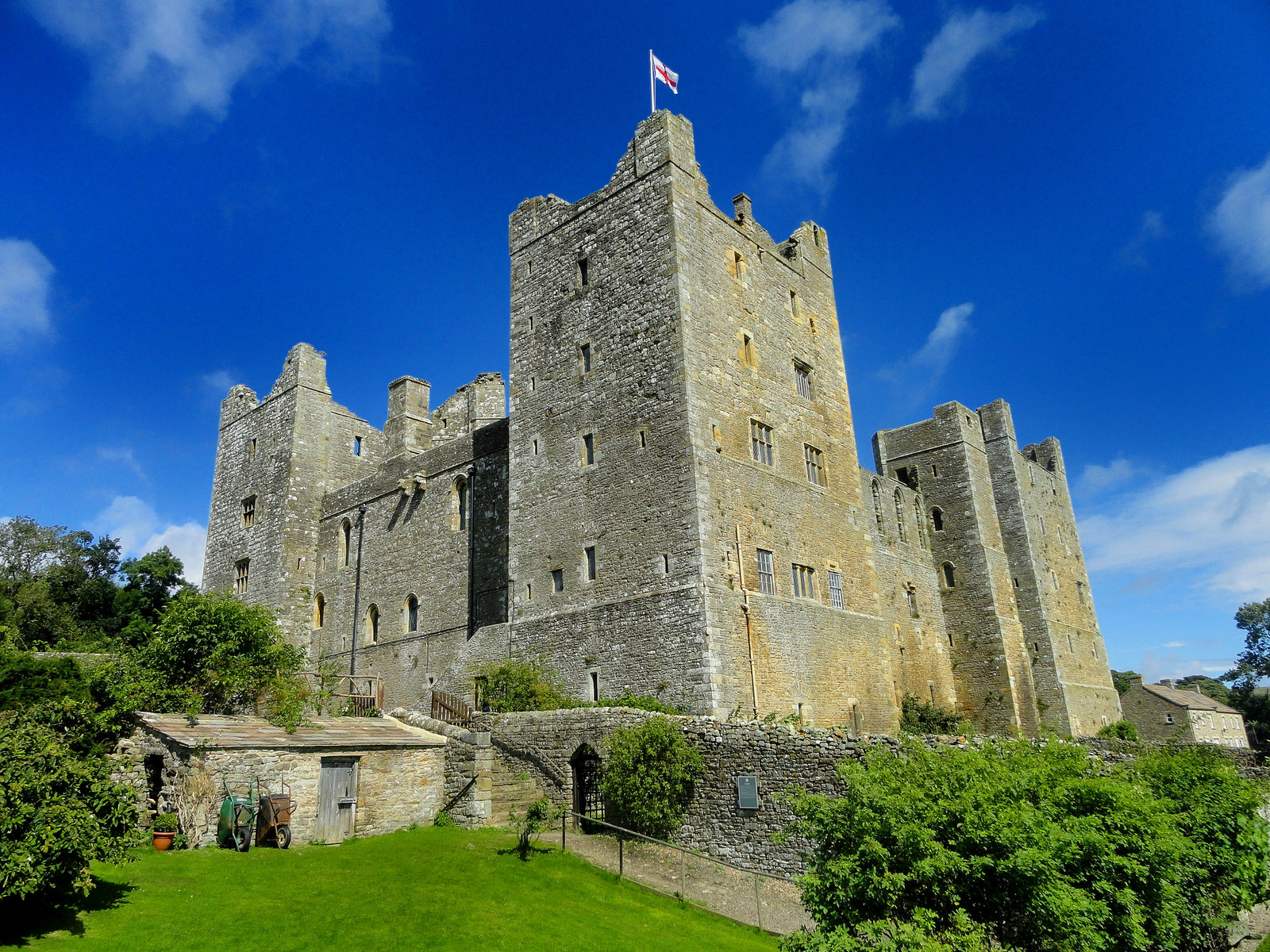
Famous for serving as a prison for Mary, Queen of Scots, a story tells of how she escaped and lost her shawl on the way to Leyburn, hence the name “The Shawl”—a cliff edge that runs westward out of Leyburn, known for easy walks with excellent views.
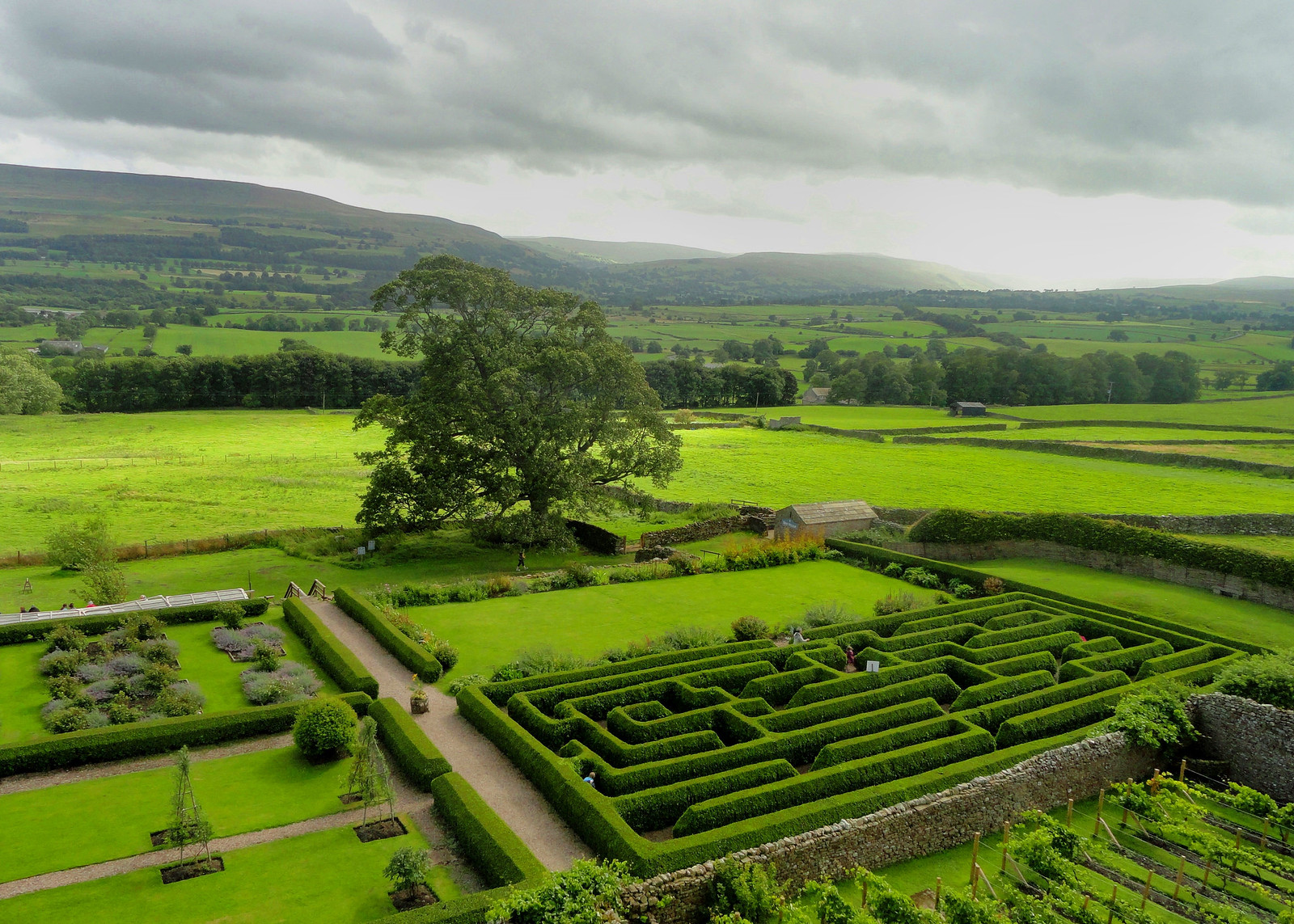
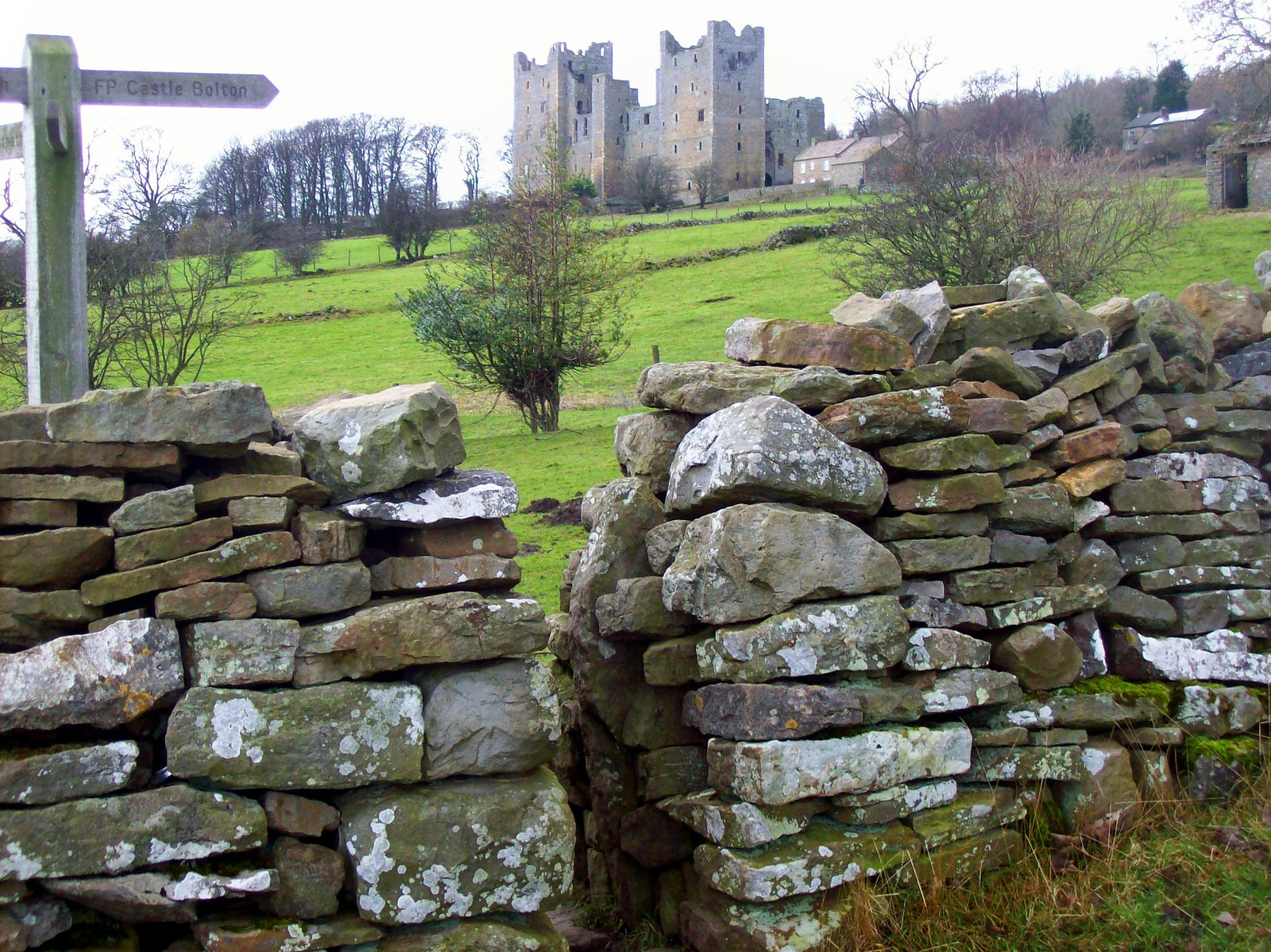
7. Bolton Abbey has a rich past—and rich owners too
Built in the 12th century as an Augustinian monastery, Bolton Abbey sits on the banks of the River Wharf on a 133,000-acre estate in Wharfedale.
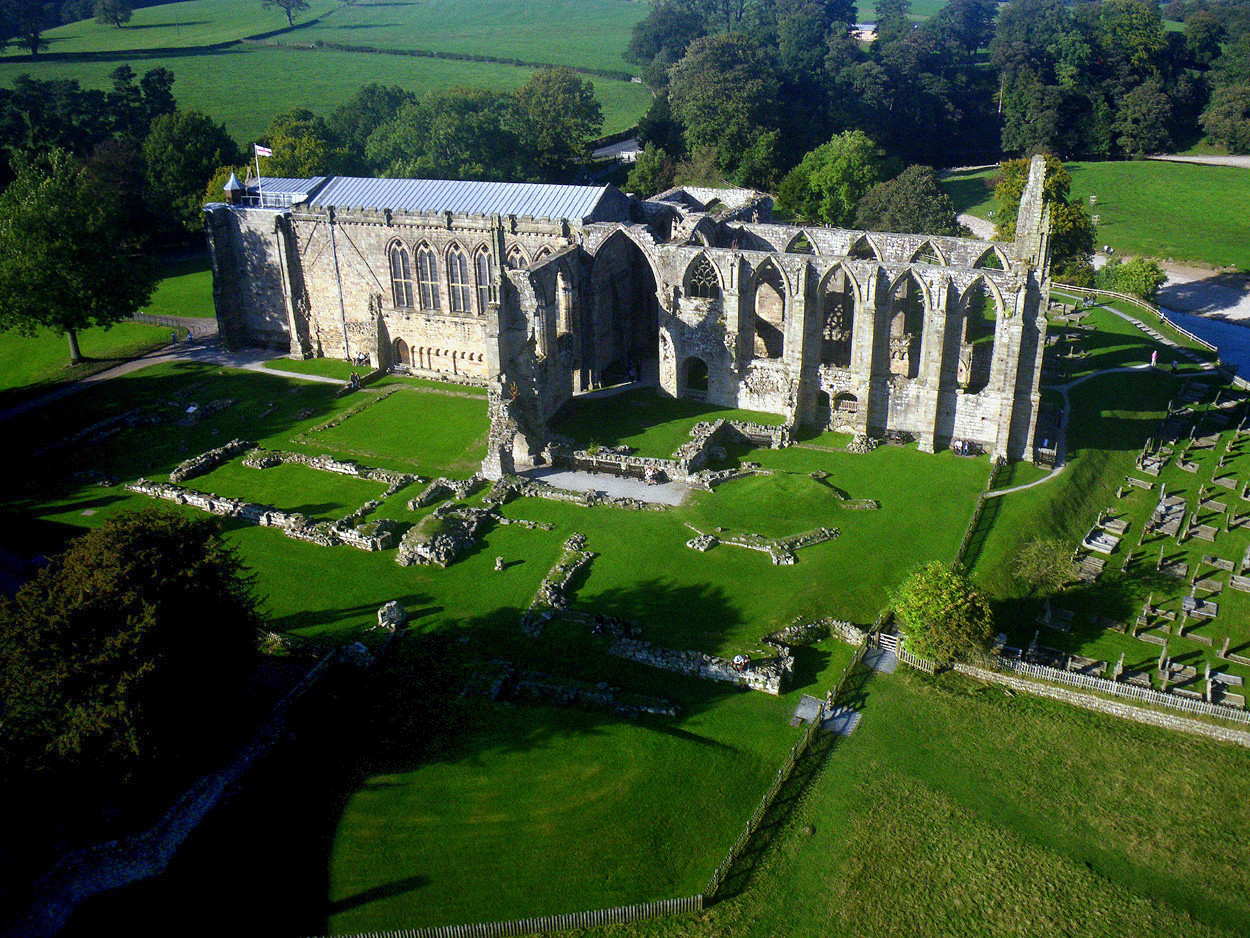
Owned by the Cavendish Family (better known for the peerage titles Duke and Duchess of Devonshire who also own Chatsworth House), the estate has 8 miles of river, 84 farms, 88 historic buildings, and 27 businesses—including tearooms and bookshops.
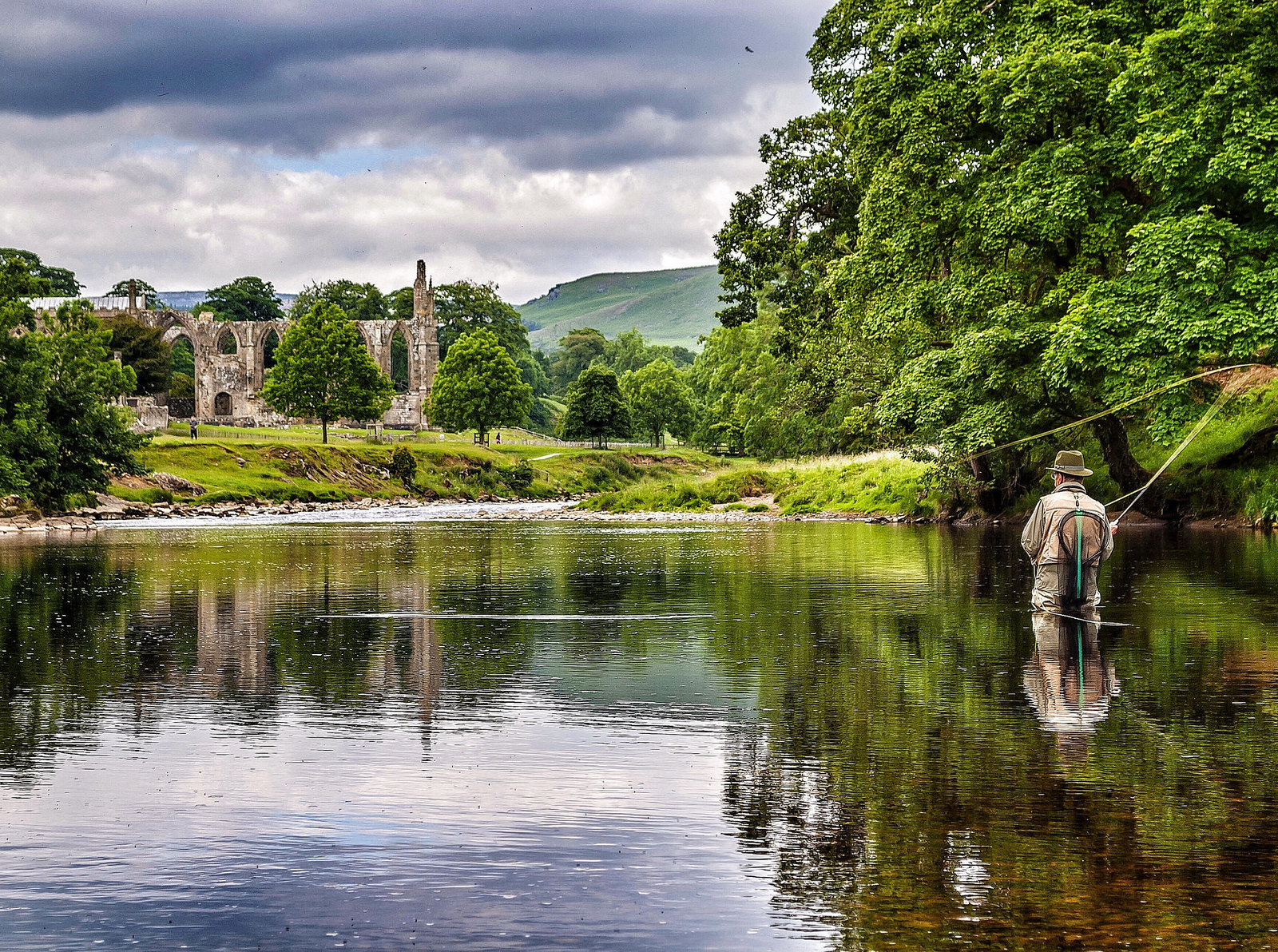
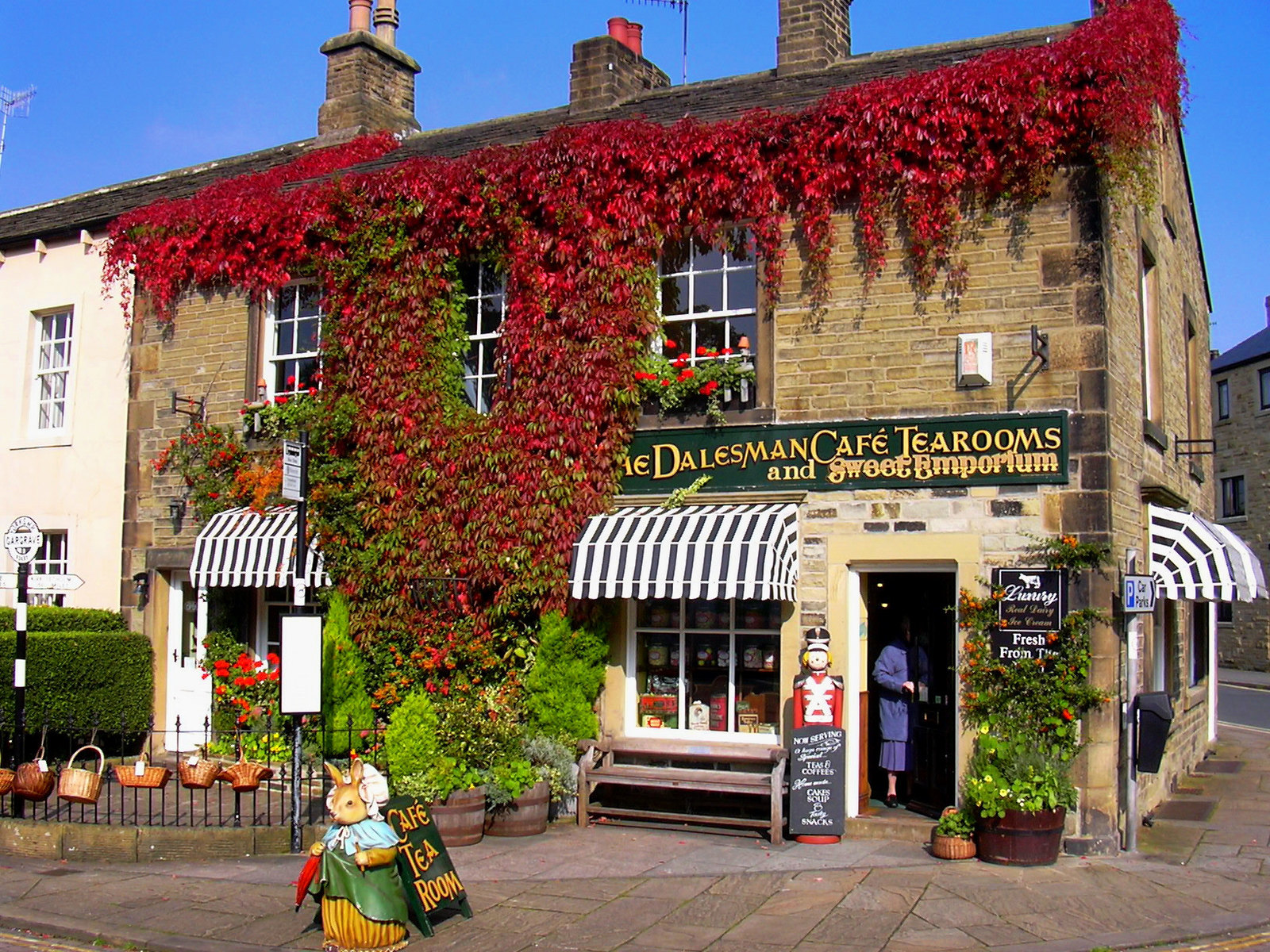
8. The Yorkshire Dales has a long history in lead mining
Mining for lead was a major industry in the Yorkshire Dales from the mid-17th century until about 1900, with Britain the world’s leader in lead production.
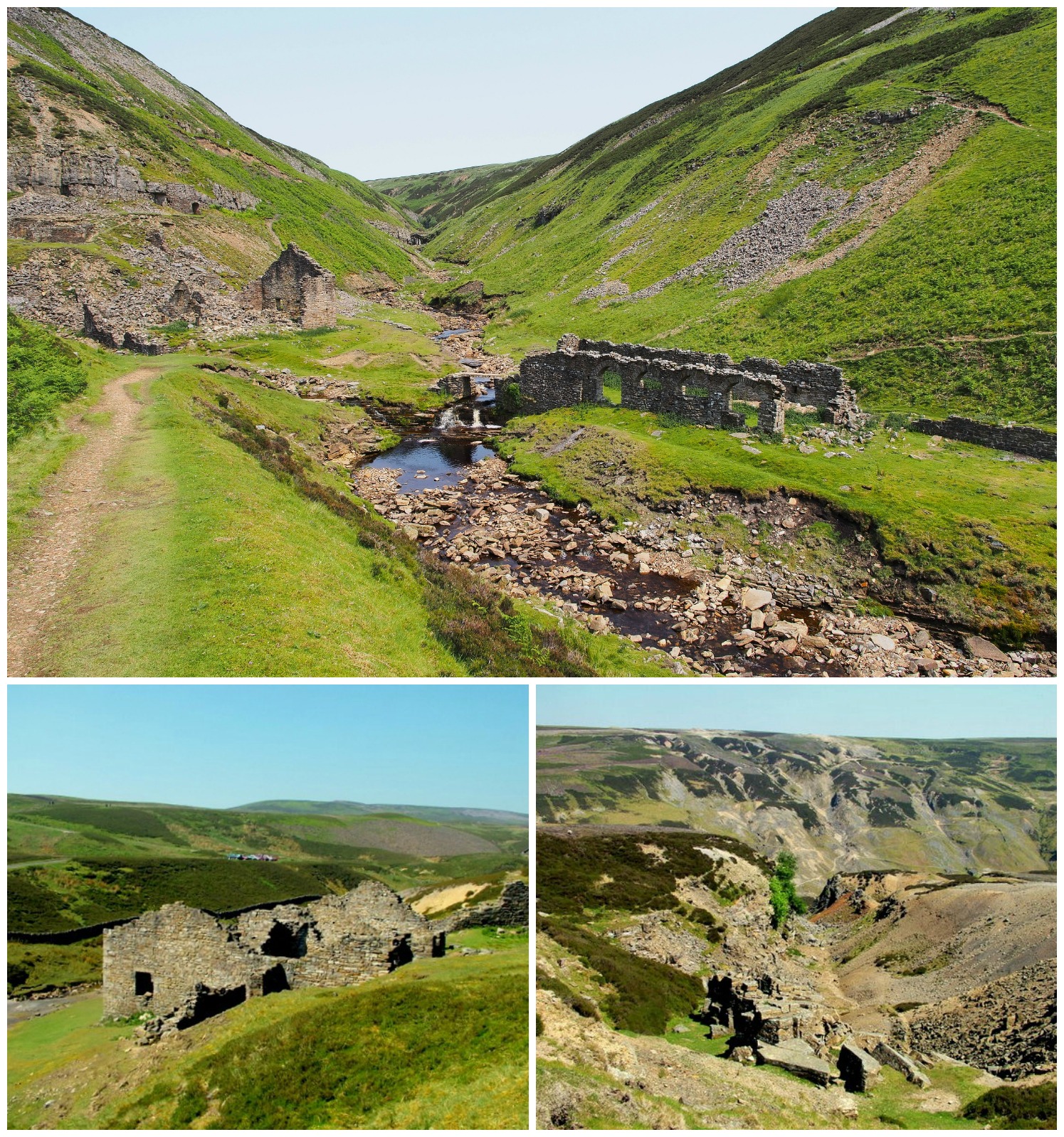
Geological processes make the rocks of the dales rich in lead, but although landowners struck a bargain with miners to prospect for lead and share in the profits, few miners saw any wealth.
It was hard manual labor with picks and shovels in dirty and dangerous situations.
Today, the remnants of a once thriving lead mining industry scar the landscape and can be explored.
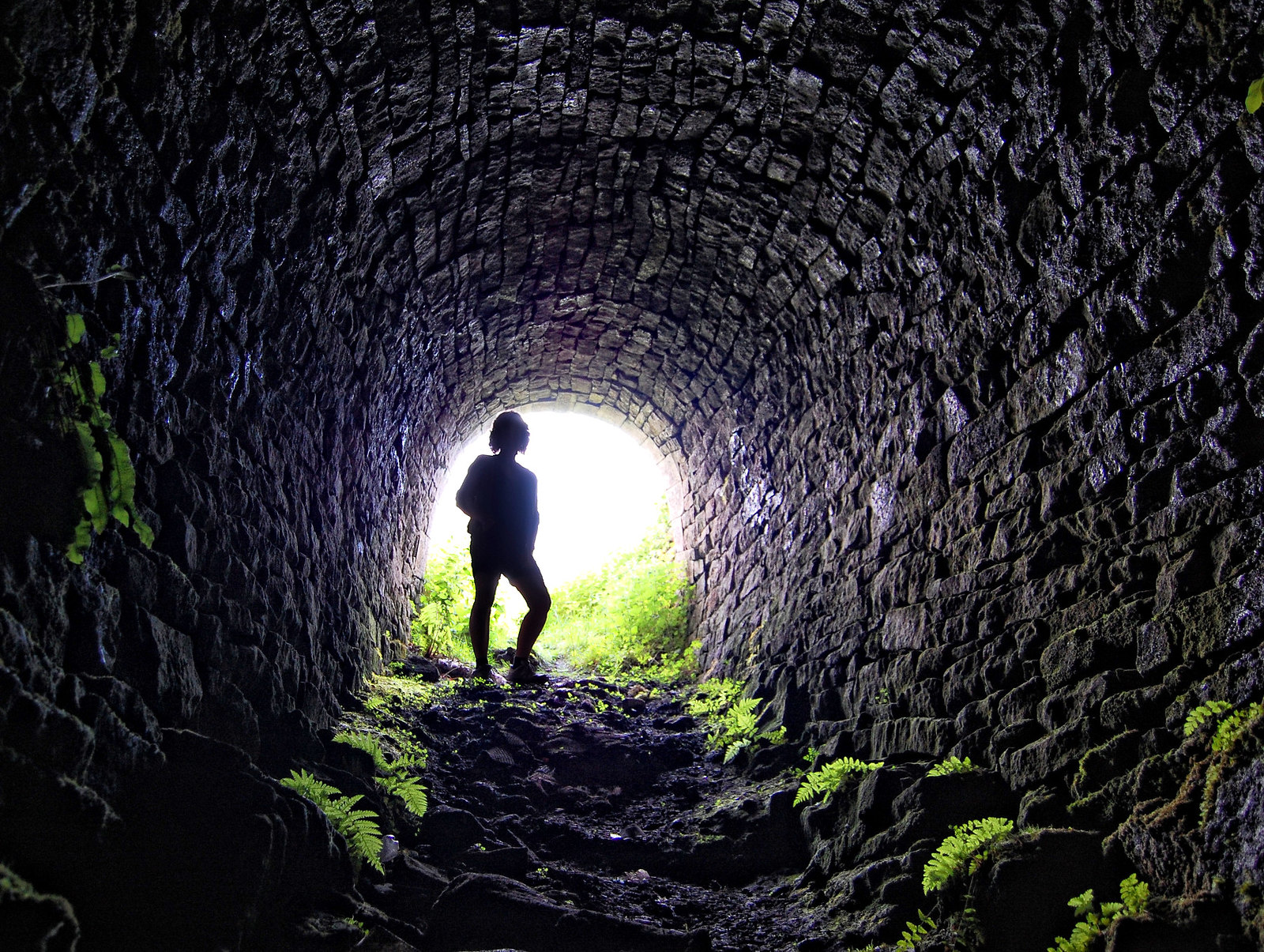
9. Beautiful waterfalls grace the Dales landscape
The Yorkshire Dales has several beautiful waterfalls, most notably Aysgarth Falls in Wensleydale, which is spectacular after heavy rainfall as thousands of gallons of water cascade over several levels of limestone steps.

Originating from old Norse, the name Aysgarth means an open space in the oak trees.
Featured in the 1991 movie Robin Hood: Prince of Thieves, the falls have attracted artists and poets—Turner, Ruskin, Wordsworth—for over 200 years.
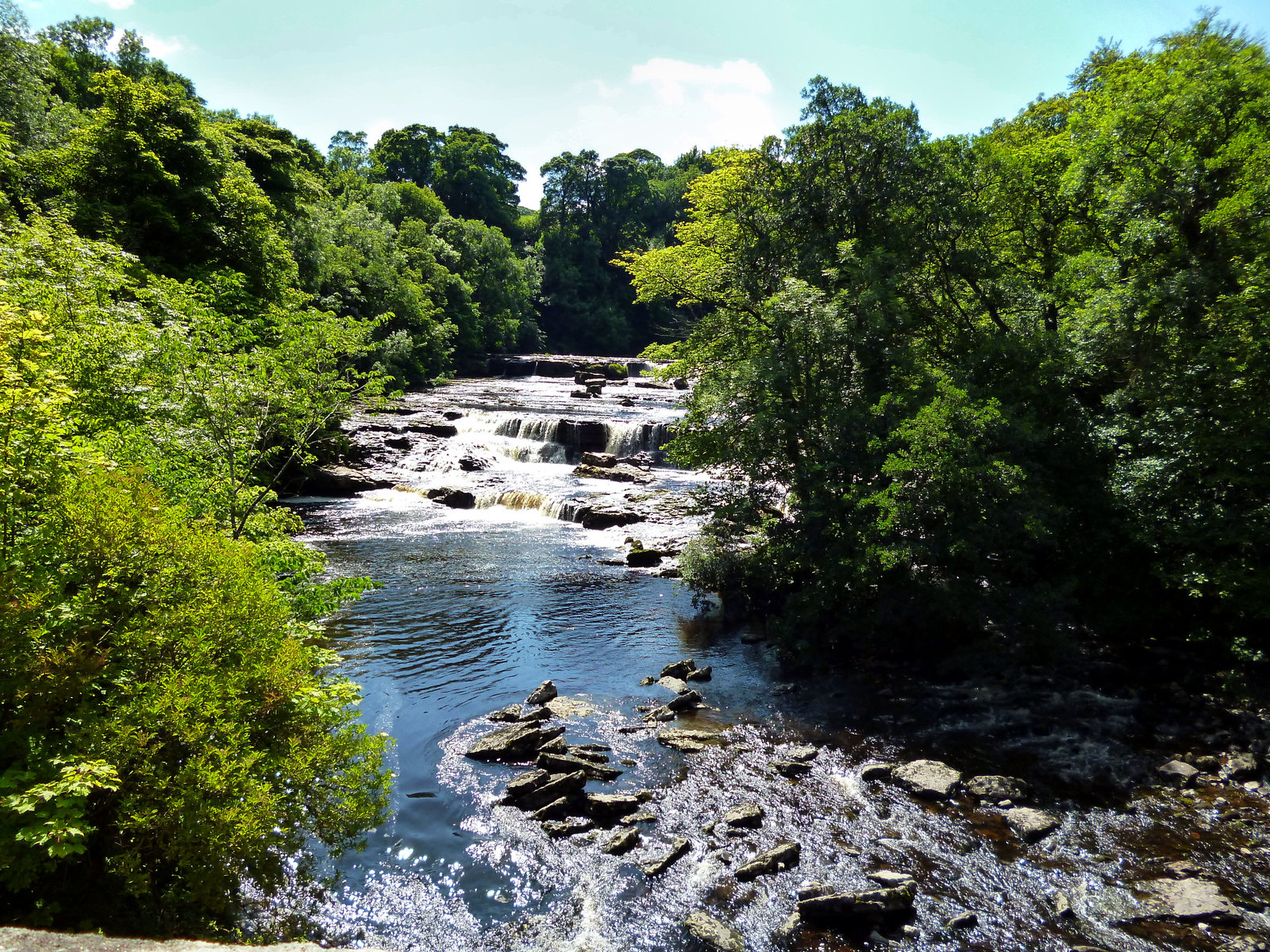
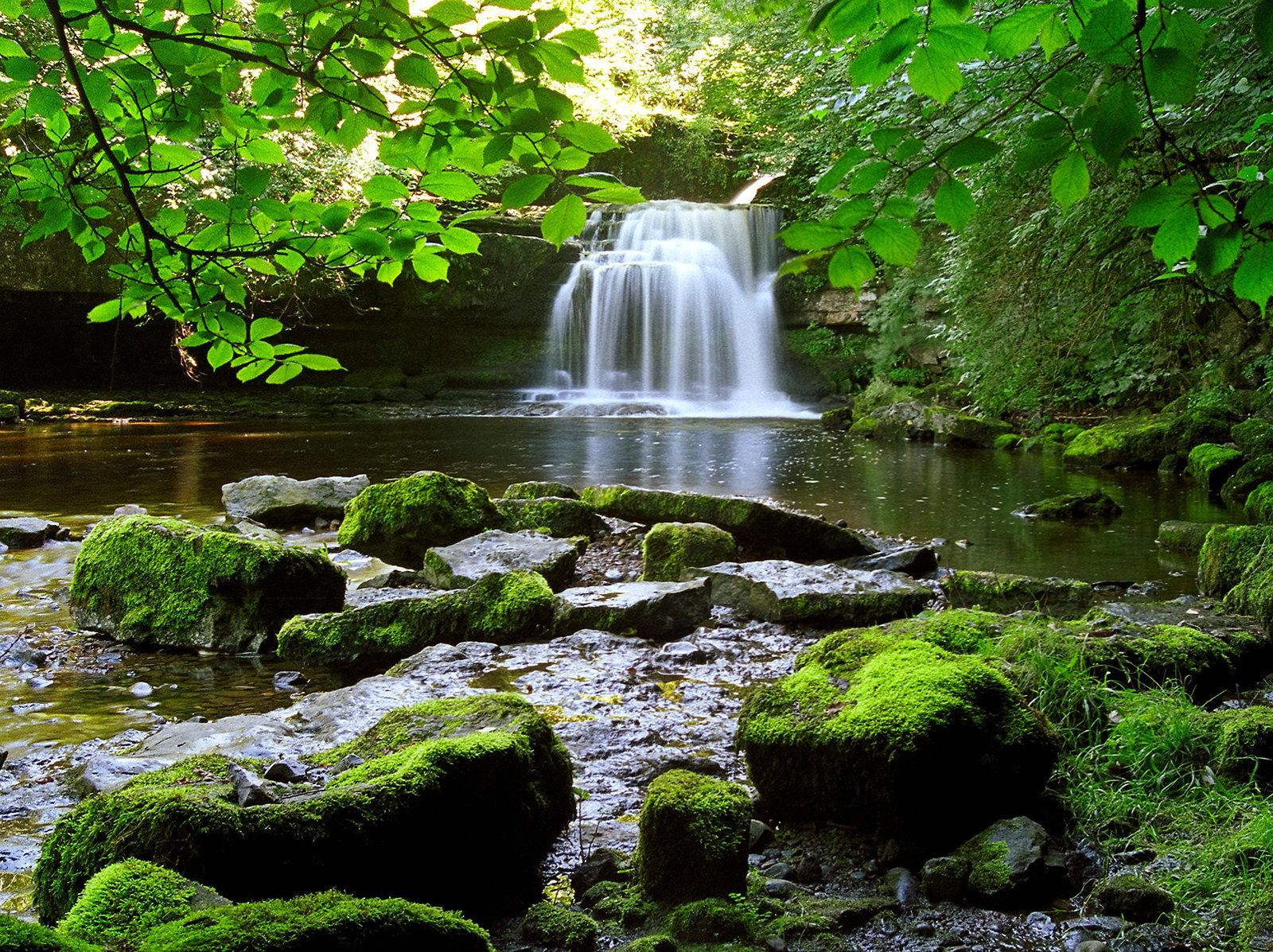
10. Medieval farms, sheep, and a good vet
Medieval farmsteads are dotted across the Yorkshire Dales.
With herds of sheep and cattle a common sight, a good veterinary surgeon has long been a valued member of the Dales community.
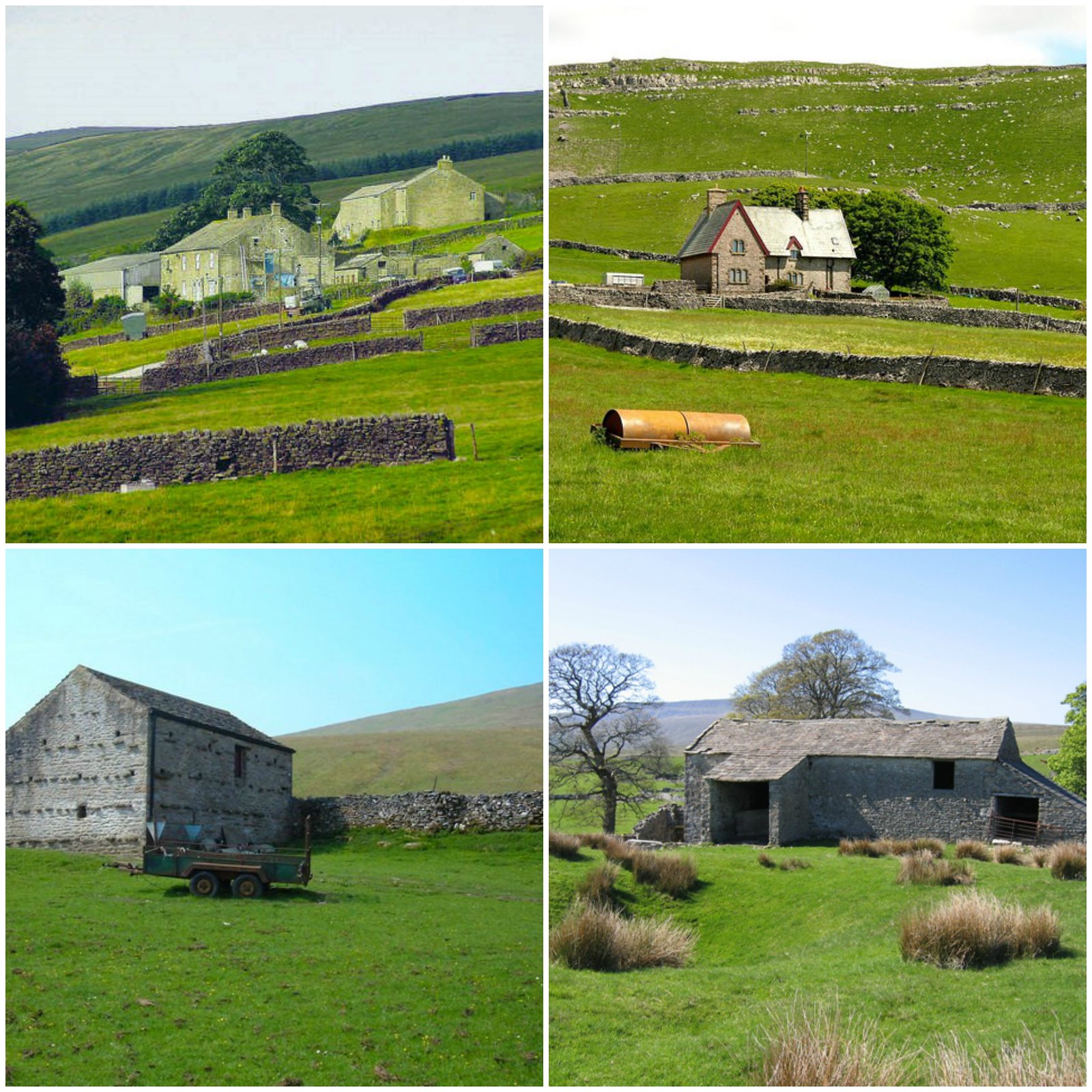
A major TV series based on the writings of Alf Wight, a Yorkshire veterinary surgeon who wrote under the pseudonym James Herriot, was filmed largely in the Yorkshire Dales.
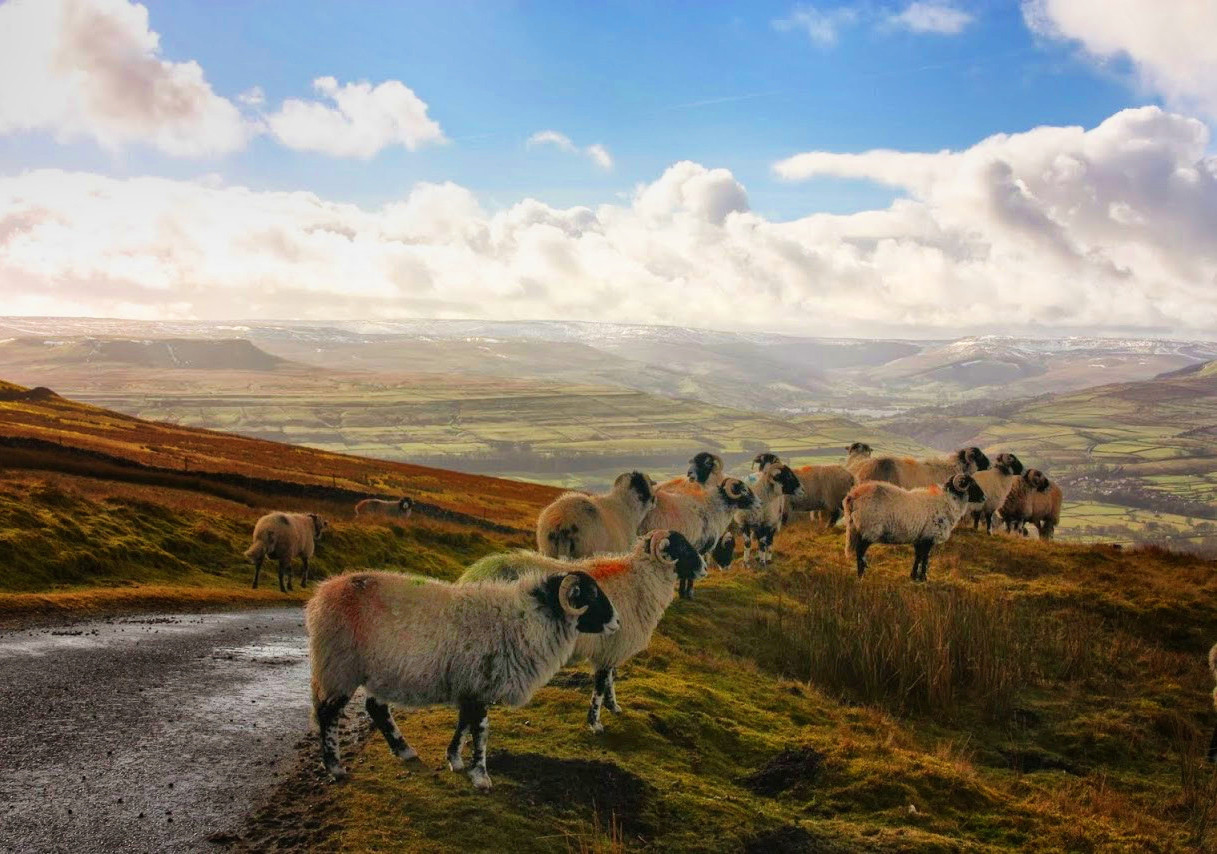
The books are a great read for anyone who wants to know more about Yorkshire country life, along with its characters and their inter-relationship with the farm animals of the Yorkshire Dales.
The sheep love James Herriot—just ask one.
